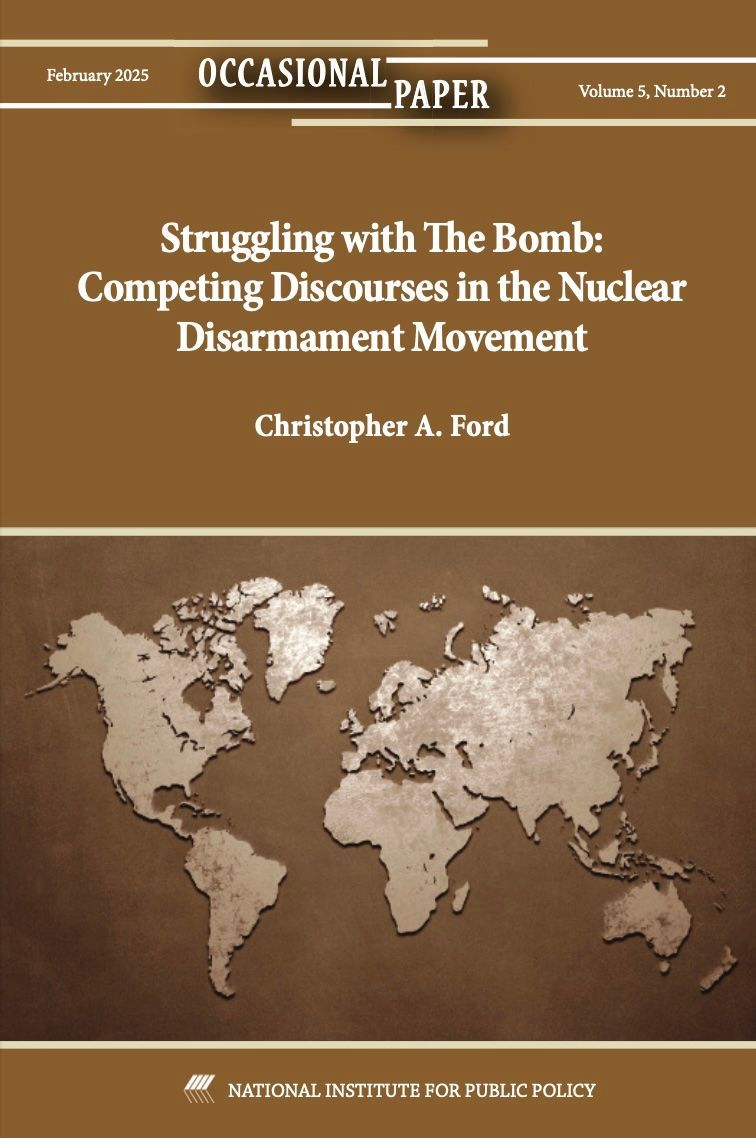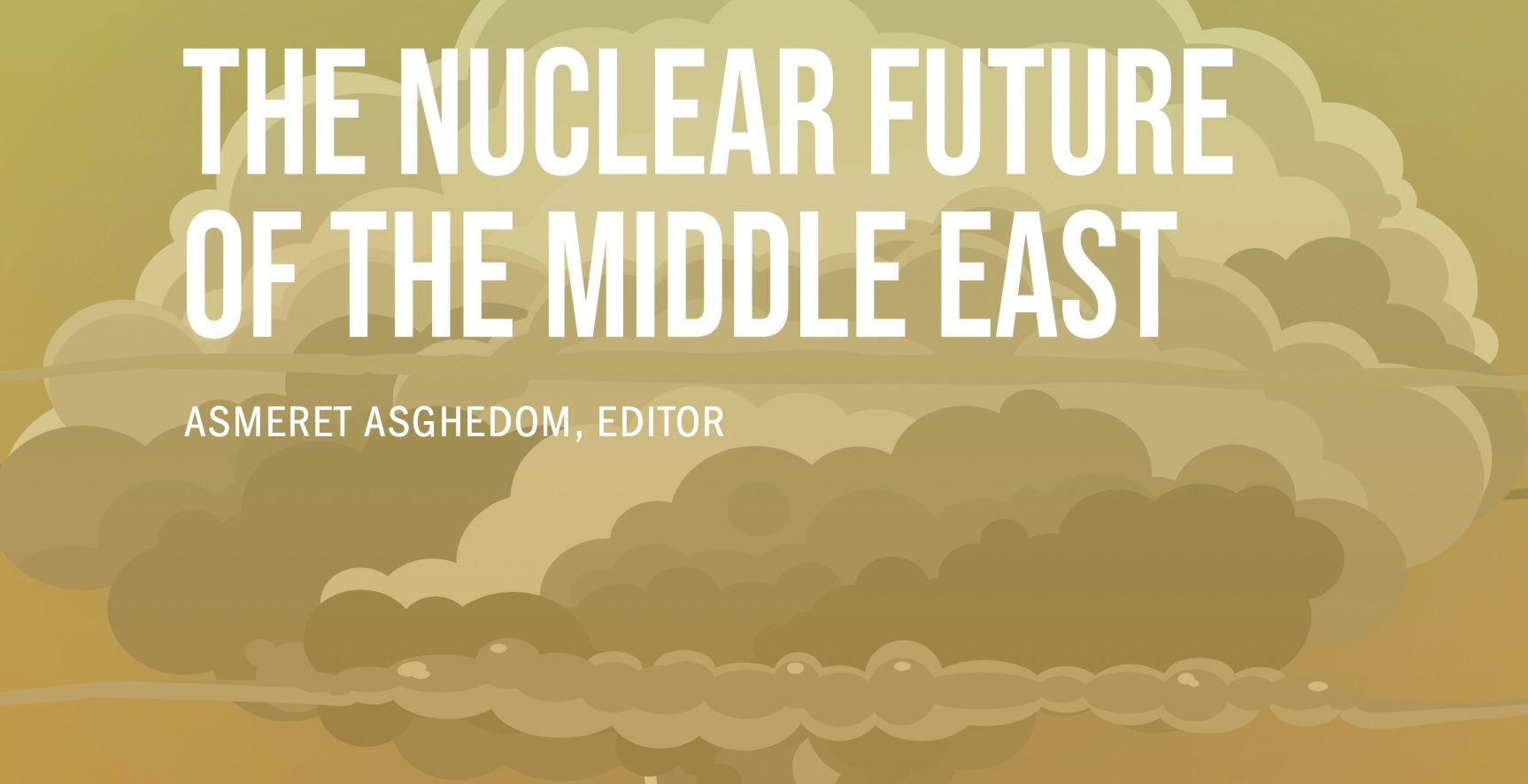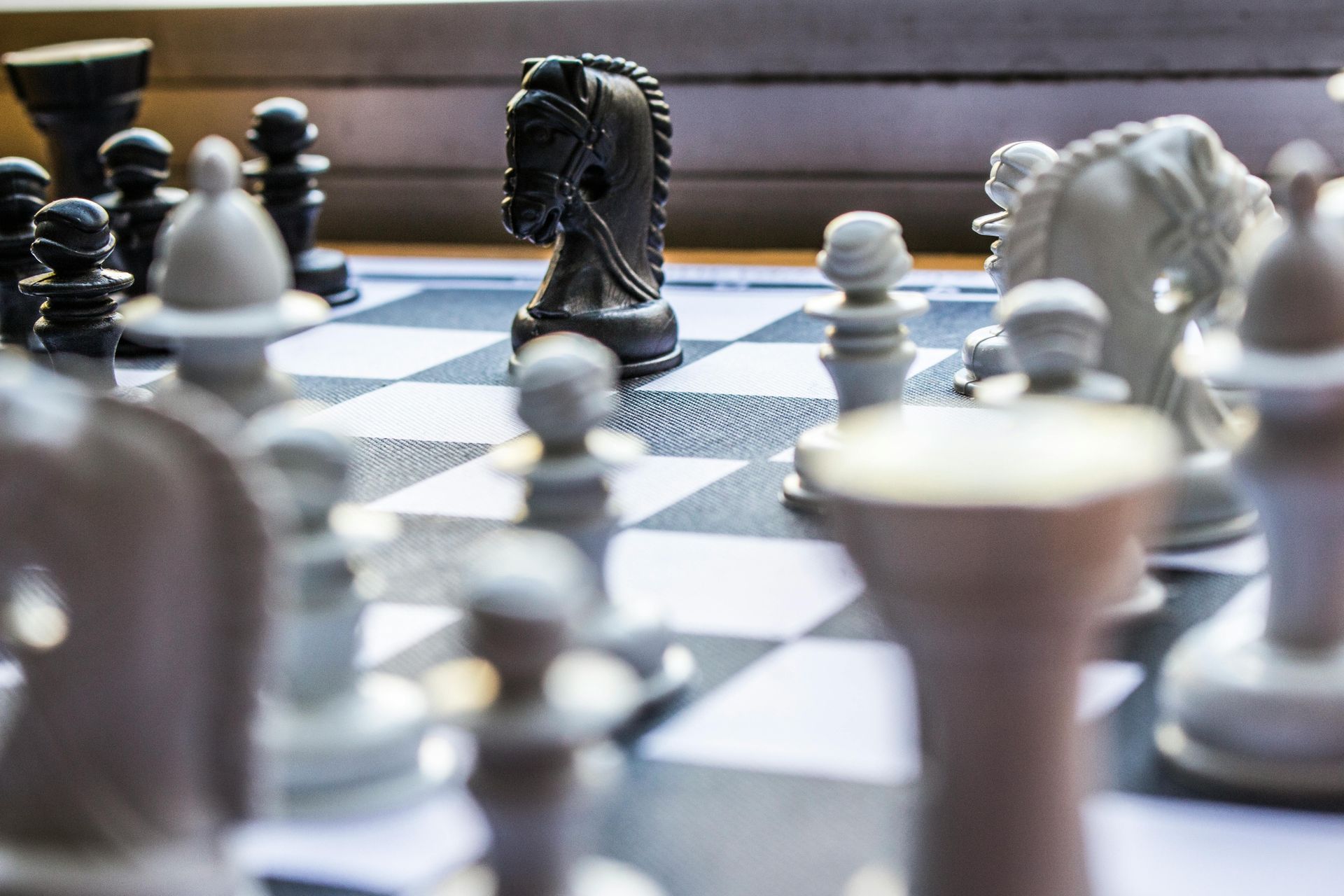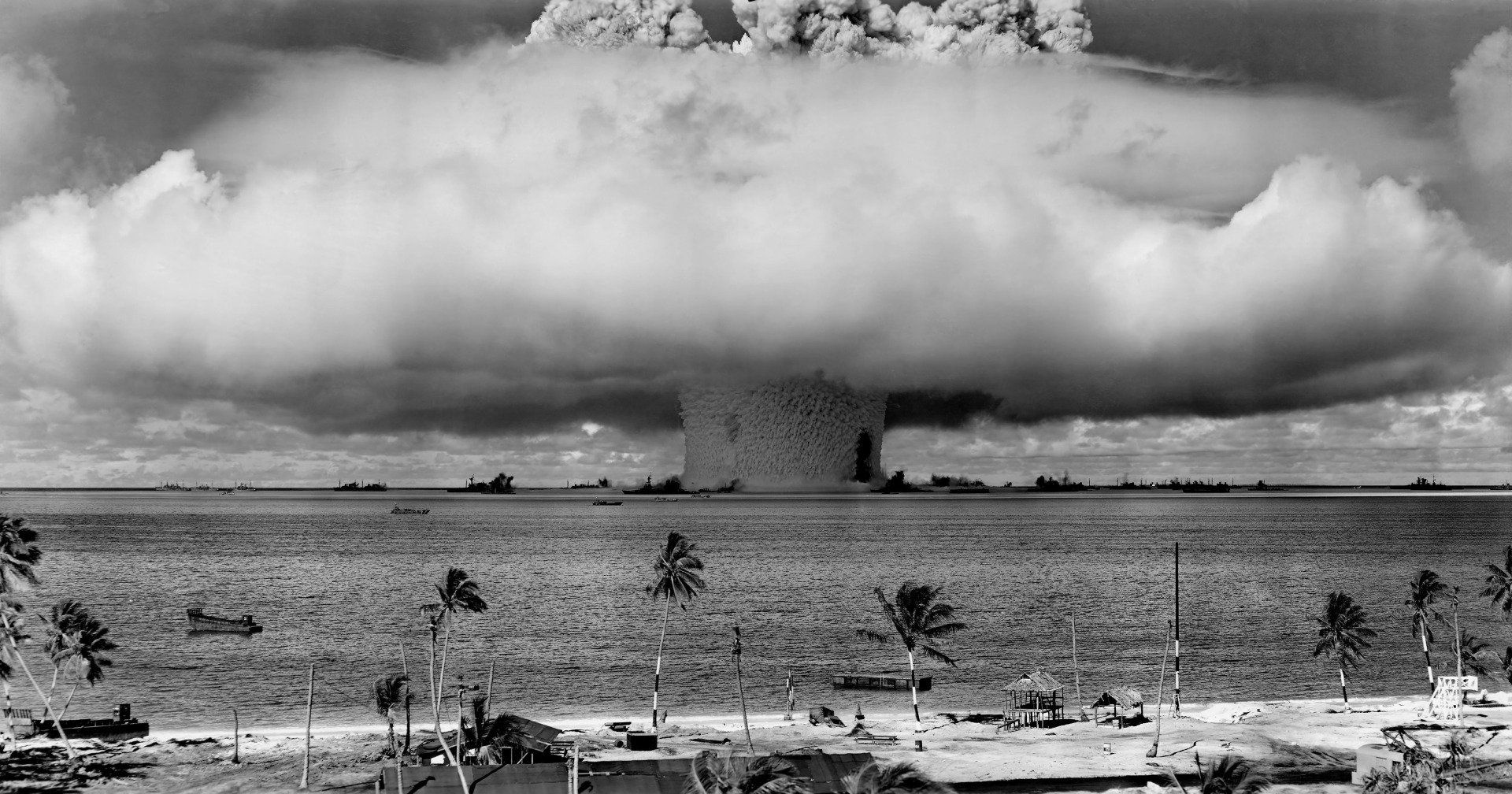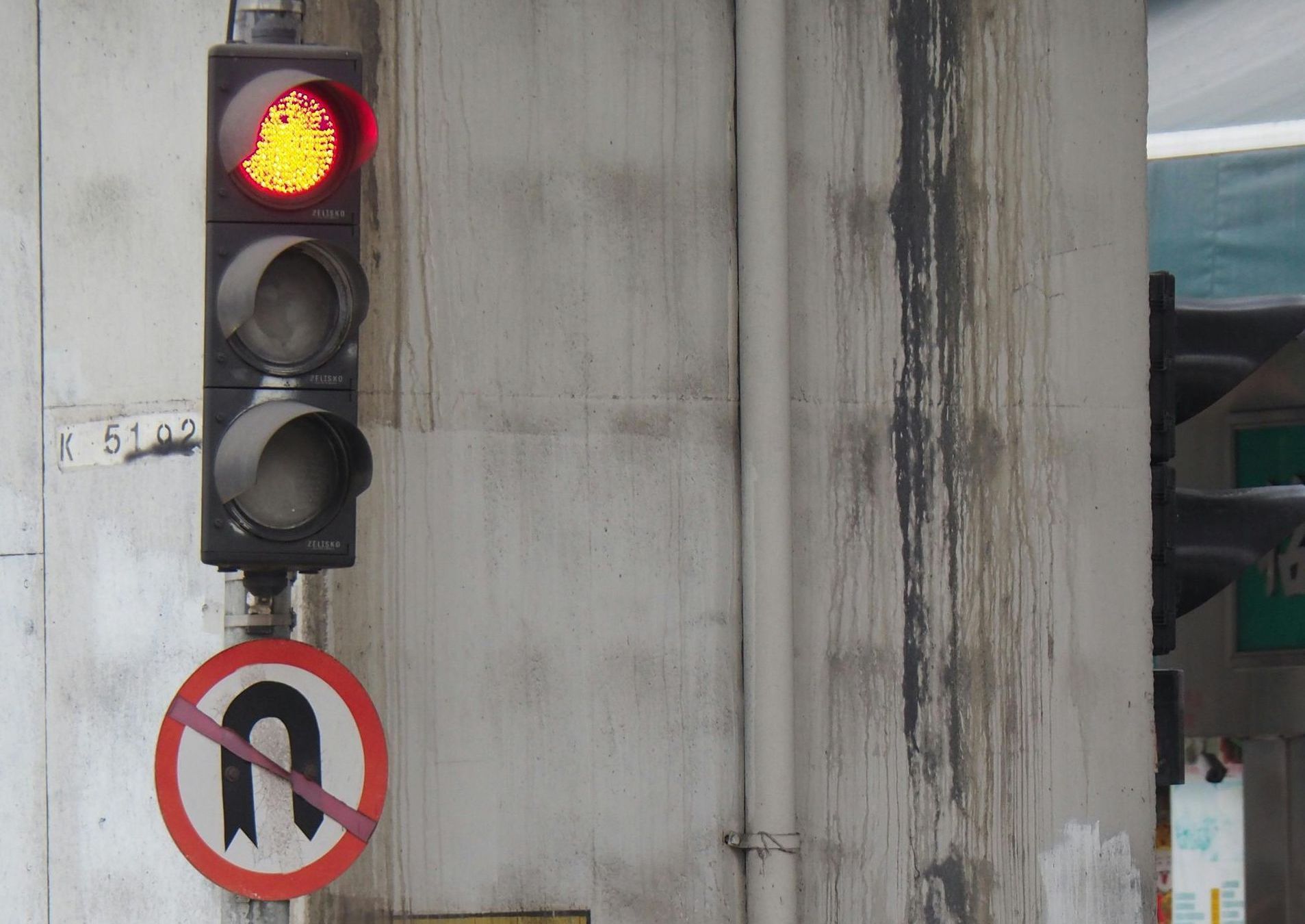U.S. National Security Export Controls and Hong Kong: A Case Study in the Unhappy Death of a Happy Teleology
Below is the text of the seventeenth paper in the ACIS Papers series produced by the Office of the Under Secretary of State for Arms Control and International Security. This paper may also be found in PDF form at the bottom of this page.
U.S. National Security Export Controls and Hong Kong:
A Case Study in the Unhappy Death of a Happy Teleology
by
Dr. Christopher A. Ford
Arms Control and International Security Paper Series
Volume I, Number 17
August 26, 2020
This addition to the ACIS Papers series looks at recent changes in United States national security export controls as they apply to Hong Kong, and as U.S. officials have readjusted these controls in response to changes in that territory and the degree of control over it exercised by the People’s Republic of China.
The recent history of U.S. national security export control policy towards the troubled territory of Hong Kong is in many ways a very specific one that reflects American responses to developments there, beginning with the brutal suppression of pro-democracy protests that had arisen in response to proposed changes to the territory’s extradition law, and culminating in the imposition upon Hong Kong of a sweeping new, authoritarian “national security law” by the People’s Republic of China (PRC) in May 2020. In another sense, however, the story of the United States’ changing export control policies vis-à-vis Hong Kong represents merely one case study of a much broader phenomenon: that of the Western policy community’s struggle to adapt to the geopolitical death throes of the post-Cold War era and the optimistic neoliberal teleology associated with it.
I. The End of an Era
Many of the most significant debates over U.S. foreign and national security policy in recent years have grown out of a single problem – the fact that the post-Cold War world has not turned out to be as enduringly benign as Western policy elites expected and desired it to be. Far from continuing on a presumed trajectory toward increased global integration, diminishing international tensions, and norms of democratic governance, in fact, the international security environment has been steadily deteriorating since the mid-2000s, bankrupting the teleology of neoliberal convergence that had been internalized by the Western policy community during the 1990s, and leading to anguished debates about how to respond to events.
Much of the bitterness of contemporary foreign policy debate can be traced to the psychic traumas of this adjustment, for cherished illusions die hard. Many of the papers in this Arms Control and International Security series – which have addressed such things as how to respond to Chinese and Russian geopolitical revisionism , Beijing’s technologically-facilitated authoritarianism , Russian arms control violations , Iran’s proliferation threats and drive for regional hegemony in the Middle East , Russian and Chinese militarization of outer space , expanding Chinese and Russian nuclear arsenals , and outdated arms control and disarmament discourses – have revolved around suggesting new and better answers to foreign policy and national security problems created by the failure of the post-Cold War era to live up to expectations. (For this reason, they should ideally be read together, as a sort of strategic oeuvre.)
Such proposals still remain controversial in some quarters, however, for despite all that has been learned, a firm policy consensus has not yet fully crystallized around new approaches, and there are still those who cling to agendas and aspirations dangerously predicated upon the world being very different from what it has actually shown itself to be. If given the chance, such bitter-enders may yet – to the delight of our strategic competitors – try to swing U.S. policy back toward formulas grounded in the dreams of the 1990s. Nevertheless, it seems to be just a question of time before the entire Western policy community recognizes how tragically far the world now is from those days. The West’s collective post-Cold War dreams of a steadily more benign and cooperative world community are dying, and the policy prescriptions to which this dreaming gave rise must perforce die with them. And it is through this prism that one can see in the story of evolving U.S. national security export control policy towards Hong Kong an example of a broader trend.
II. Transition and the Persistence of Hope in U.S. Hong Kong Policy
Hong Kong’s history, of course, is well known. It was ceded to the United Kingdom in perpetuity by China’s Qing Dynasty in 1842 under the Treaty of Nanking at the end of the Opium War, thereby becoming a Crown Colony. The island of Kowloon was added to it in 1860 at the end of the Second Opium War. Fatefully for the people of Hong Kong, however – who despite being ruled by a British Governor responsible to London, came to enjoy a considerable degree of democratic self-government and extensive civil liberties – the area known as the New Territories was not given to the UK in perpetuity, being instead leased from China under a 99-year lease in 1898.
It was that 99-year lease, in a sense, that proved fatal for the prospects of democratic autonomy in Hong Kong, for as its 1997 expiration date loomed, it was very clear both that Beijing would not compromise at all on its desire to take back all of Hong Kong, and that the Crown Colony could not survive without the New Territories – which were the largest part of Hong Kong, with what was by then a large population and a growing industrial base. (The New Territories lease, therefore, was the leverage point that forced Britain to turn over to the PRC even the sovereign British territory of Hong Kong Island and Kowloon. [1] ) This was made very clear to Prime Minister Margaret Thatcher when she visited Beijing in 1982 , after which negotiations began for handing over the full territory – as indeed was subsequently set forth in the Sino-British Joint Declaration of December 1984. That handover duly took place on July 1, 1997.
All was not immediately lost for democratic autonomy and civil liberties in Hong Kong, however, for the Joint Declaration – a document ratified by exchange of instruments of ratification between the PRC and the UK on May 27, 1985, and that was registered in accordance with Article 102 of the United Nations Charter on June 12, 1985 – was an international treaty that both the PRC itself and the High Court of the Hong Kong Special Administrative Region (HKSAR) have admitted is legally binding. [2] Under its legally-binding terms, the “the provisions of the [1966] International Covenant on Civil and Political Rights and the [1966] International Covenant on Economic, Social and Cultural Rights as applied to Hong Kong shall remain in force,” and the PRC made a number of further promises about protecting rights and freedoms in Hong Kong. These include that the HKSAR
The principles set out by the Joint Declaration, moreover, were to be made part of the Basic Law of the HKSAR and – as that Declaration specified – “ will remain unchanged for 50 years.” The PRC was legally required by its treaty obligations, in other words, to protect the rights and freedoms of the people of Hong Kong until at least 2047.
This is the key to understanding U.S. national security export control policy vis-à-vis Hong Kong, for on the strength of Beijing’s solemn treaty obligations – and no doubt also the assumption then prevailing in the West that “ engagement with China would produce a future with bright promise of comity and cooperation ,” and that economic development would in time turn the PRC into a peaceable, liberal democracy – the United States chose to continue to treat PRC-controlled Hong Kong after 1997 as if it still were a British colony.
Under the Hong Kong Policy Act (HKPA) of 1992 (Public Law 102-383), the United States continued a range of policies it had applied to Hong Kong during the period in which the territory was under the administration of the United Kingdom. To be sure, the HKPA contained a safeguard provision that “[a]uthorize[d] the President, upon determining that Hong Kong is not sufficiently autonomous to justify treatment under a U.S. law different from that accorded China, to suspend such application of the law.” (The HKPA was amended in 2019 to require annual certification from the Secretary of State regarding whether Hong Kong continues to warrant the pre-handover treatment that the United States has accorded it under specified treaties, international agreements, and U.S. laws.) Until that happened, however, U.S. policy toward the HKSAR would remain very different, and much more permissive, than U.S. policy toward the rest of the PRC.
III. Export Controls and Hong Kong
Remarkably, this same approach was followed in matters of U.S. national security export control policy, which continued to treat Hong Kong after it passed under PRC control in 1997 just as it had done when the territory belonged to the United Kingdom. Despite Beijing now controlling Hong Kong, for instance, U.S. sanctions that had long applied to the PRC in response to the Chinese Communist Party’s massacre of students and workers engaging in pro-democracy demonstrations in Tiananmen Square in June 1989 did not apply to Hong Kong, which made it possible for U.S. entities to continue exporting defense articles and Commerce-controlled munitions and law enforcement equipment to Hong Kong.
Hong Kong also continued to be given special Commerce Department licensing exceptions allowing certain sensitive items covered by the Wassenaar Arrangement export control regime to be exported there in ways not permitted for many other jurisdictions – and certainly not for the PRC. (For Commerce licensing purposes, Hong Kong was included in “Country Group B,” a list of those not deemed to represent a national security concern. By contrast, the PRC is in “Country Group D,” along with high-threat countries such as Russia and Venezuela.) Some less sensitive but still Wassenaar-controlled items could be exported to Hong Kong without any license requirement at all – in other words, without the knowledge or involvement of U.S. national security export control officials.
Among the Commerce license exceptions given to Hong Kong even after it passed into the PRC’s control in 1997 was one known as “Additional Permissive Reexports” (APR), which eliminated license requirements for the re-export of U.S.-origin items and technologies controlled by the Wassenaar Arrangement to countries of national security concern (including to the PRC). Hong Kong also benefited from the license exception for “Civil End Users” (CIV), which meant that it could freely re-export Wassenaar-controlled technologies to countries of national security concern (such as the PRC) as long as such re-exports were to “civilian” rather than “military” end-users. The “Strategic Trade Authorization” exemption also allowed certain items from the Commerce Control List , including some dual-use technologies and munitions items, parts, and components, to be exported to Hong Kong without a transaction-specific license. Furthermore, under the International Traffic in Arms Regulations, Hong Kong was eligible to receive certain types of United States Munitions List-controlled arms and munitions, such as machine guns, space technology, and high-end military night vision devices.
The net effect of these various permissions was to allow Hong Kong under PRC control to receive certain sensitive items and technologies that were prohibited for export directly to the PRC itself, and potentially even legally to re-export some of those same controlled dual-use items to the PRC. Because of the Commerce license exceptions, moreover, U.S. national security officials often had no way of knowing what was going to Hong Kong in the first place, let alone the ability to stop a problematic transfer.
IV. Repression and Response
From a national security perspective, this left a great deal to be desired. But the problem became acute as the United States learned more and more about the sweeping “ Military-Civil Fusion ” (MCF) policy that the PRC had set in motion in 2009 – and which was elevated to the level of a national strategy in 2014, which General Secretary Xi Jinping personally oversees. MCF seeks to erase boundaries between China’s civilian and military industrial sectors in order to ensure the simultaneous and direct application of any militarily useful technology to the People’s Liberation Army in service of the Chinese Communist Party’s (CCP’s) strategic goals and anti-American revisionist geopolitics , and it has the full force of PRC law and Party coercion behind it. It was immediately apparent that MCF would require a wholesale reform of U.S. national security export control policy and diplomacy vis-à-vis the PRC – revisions for which I began calling in July of 2018 after arriving at the State Department – and Hong Kong export controls were no exception.
Pressure on the traditional post-1997 policy of pretending that Hong Kong wasn’t part of the PRC continued to grow in 2019 with the ugly and heavy-handed involvement of Hong Kong police units in suppressing the months of pro-democracy demonstrations that began in response to the HKSAR’s efforts to revise extradition laws in order to permit Mainland PRC officials to take custody of suspects from Hong Kong. Especially with senior U.S. officials such as Vice President Mike Pence and Secretary of State Mike Pompeo speaking out against suppression of those pro-democracy demonstrators, we certainly couldn’t continue “business as usual” rules under which Hong Kong police were allowed to buy their equipment from suppliers in the United States , and we began to implement a policy of a presumption of denial for certain export licenses, and at first a notionally temporary suspension of certain Commerce license exceptions. (The Commerce Department officially suspended the Hong Kong’s APR exception on June 28, 2020. Hong Kong can therefore no longer transfer certain sensitive items to the rest of the PRC.)
Ultimately, of course, it was the PRC’s imposition of a new, draconian “national security law” upon Hong Kong in May 2020 that entirely put paid to U.S. “business as usual” approaches to Hong Kong – not just in the export control arena, but much more broadly. As was made very clear by Secretary Pompeo in a joint statement with the Foreign Ministers of the United Kingdom, Australia, and Canada,
It was clearly no longer possible to pretend that Hong Kong enjoyed meaningful autonomy from the PRC, and accordingly, on May 27, 2020, Secretary Pompeo submitted a HKPA report in which he declared that Hong Kong “ does not continue to warrant treatment under United States laws in the same manner as U.S. laws were applied to Hong Kong before July 1997 . ” The Secretary drew attention, in particular, to the unilateral and arbitrary imposition of national security legislation on Hong Kong by the PRC, one of a series of actions that “ fundamentally undermine Hong Kong’s autonomy and freedoms and China’s own promises to the Hong Kong people under the Sino-British Joint Declaration, a U.N.-filed international treaty . ”
On June 30, 2020, consistent with the President’s directive that we “ begin the process of eliminating policy exemptions under United States law that give Hong Kong differential treatment in relation to China ,” all remaining Hong Kong export control privileges were ended. On July 14, 2020, President Trump issued Executive Order 13936, re-defining the United States’ relationship with Hong Kong pursuant to Section 202 of the Hong Policy Act of 1992. With regard to national security export control policy, therefore, Hong Kong is now treated – as CCP officials have ensured that it must be, on account of their repressive moves in violation of the PRC’s treaty obligations – as just another part of the People’s Republic.
V. Conclusion
To look back across the history of U.S. national security export control policy vis-à-vis Hong Kong, therefore, is to be struck by the sadness of the story. A thoughtful person cannot be anything but heartsick at the ways in which the CCP’s authoritarian repression has now been deployed to crush the liberty and autonomy of the people of Hong Kong – and in violation of the PRC’s legally-binding treaty obligations, no less, revealing Beijing not just as an oppressor but as a scofflaw – just as it has long been used to horrific effect against Uyghurs and other Muslims in Xinjiang , against Buddhists in Tibet , and indeed more generally against the long-suffering Chinese people. (Secretary Pompeo recently described the CCP’s abuses in Xinjiang as “ [t]he worst human rights violation that we have seen this century . ”)
To look back across this history is also to be struck by the woeful irony in this tale. Modern Chinese nationalism, one must recall, is nothing if not incandescent in its rage against what it describes as the immorality of the imperialist arrogance from which it feels China suffered in the late 19th century. Yet the modern reader will also know that it is today the PRC that acts the imperialist – not merely in violating its treaty obligations under the Joint Declaration by imposing oppressive new rules upon Hong Kong, but also in prosecuting by threats and intimidation an unlawful claim to vast areas of the South China Sea that belong to China’s neighbors, not to mention militarizing key features there despite Xi Jinping’s promise not to do so. Beijing’s claim to the entire South China Sea, in fact, turns the law of the sea on its head by declaring territorial jurisdiction over parts of the sea that no country may lawfully claim. And on what basis? Nothing more compelling than the grim self-aggrandizement of the Melian Dialogue recounted by Thucydides: for the CCP, apparently, might makes right. Who, after all, can forget Foreign Minister Yang Jiechi’s outburst at the ASEAN Regional Forum in 2010 that regional states should not contest China’s sweeping claims to those waters, because “ China is a big country and other countries are small countries and that is just a fact ”?
Here are ironies upon ironies. Where once Britain used the Royal Navy to press the Qing for concessions and took the New Territories under a 99-year lease, for instance, it is now the PRC that has taken possession of the strategic Sri Lankan port of Hambantota on a 99-year lease , even as Beijing was also opening the PRC’s first overseas military base, in Djibouti. Furthermore, where once Europeans claimed extraterritorial jurisdiction over their citizens on Chinese territory to the outrage of Chinese nationalists, now Chinese policemen patrol jointly with local law enforcement units in Belgrade , allegedly in order to “improve the safety of Chinese citizens” there — even as ostensibly “private” Chinese security contractors expand their footprint in protecting PRC economic interests in Africa.
Whatever mixture of sadness and irony there is in looking at Hong Kong and the broader context of the CCP’s worldwide behavior today, however, it is incontestable that radical change was needed in U.S. export control policy vis-à-vis Hong Kong – and we are glad to have taken it. The broader Western policy community may still be struggling to find appropriate responses to many of the challenges we face as Sino-Russian revisionism upends the optimistic expectations of the post-Cold War era and euthanizes the happy teleology of neoliberal convergence, but in this particular area the United States is demonstrating leadership and vision.
-- Christopher Ford
[1] As early as 1965, in fact, British officials in the Colonial Office had begun to worry that the PRC might use force against the Colony if the people of Hong Kong were given democratic self-determination. See “Position of British Dependent Territories in relation to International Agreements on Human Rights” (confidential Colonial Office paper, undated but 1965) para 30: PRO CO 1030/1704, quoted in Jamie Trinidad, Self-Determination in Disputed Colonial Territories (Cambridge: Cambridge University Press, 2008), at 110.
[2] See, e.g. , Cheung Lai Wah v. Director of Immigration, Decision of April 2, 1998, at para. 77, CACV202/1997, Chan, CJHC; HKSAR v. Ma Wai-Kwan et al., Judgment of July 29, 1997, at para. 206, Chan, CJ.
